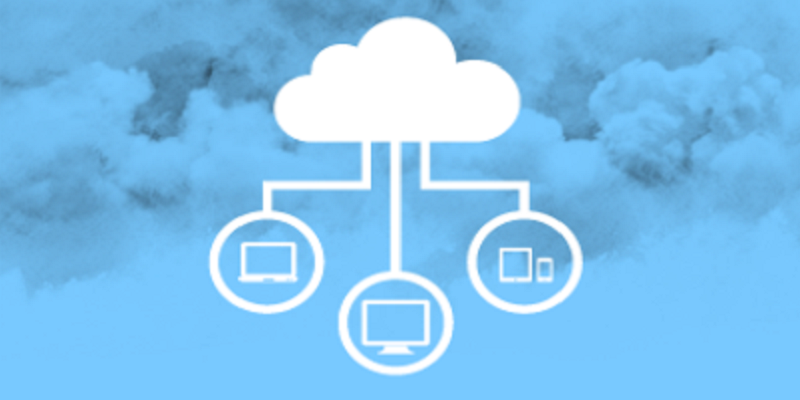Enterprises Post Cloud Migration
Since 2015, the migration to cloud had seen an upswing rise. Today, many enterprises indicate that new ways of writing and deploying software in the cloud has encouraged new types of faster organizational designs. The feedback loops enabled by cloud computing allows direct interaction with the product manufacturer, irrespective of the product and equally with the end users alike.
Change in Organizational Structure
CoreIT finds this remarkable change in attitude in many of our esteemed partners and customers alike. Earlier it was hard to convince the crowd that a new technology would deliver radical results. However, with Cloud, features like voice commands, simultaneous sharing of progress and other aspects of a production and delivery system can be synchronized and viewed in real time from the start to the end point of a supply chain. Prior to Cloud, this concept was almost deemed fictional or way too much in the future.
But today with technology advances, companies find it easier to design and build products and services on cloud-based systems even in sales and marketing. The cloud, in essence, becomes a common repository for the collection and analysis of new data and allows the full advantage of possibilities of tools such as machine learning, chatbots, internet of things, etc.
Change in Attitude
Today, the main stream articles about cloud are written by business journalists and not by technology pundits. This shows the delivery of cloud technologies and its acceptance by mainstream business crowd who are not necessarily technologists but usual staff who happen to use Cloud technology on a daily basis. It means the cloud has likely crossed the gulf between IT promises and actual results, and now produces real value for the business. And most importantly, even businesses know it.
CoreIT believes that cloud is now a systemic technology integral to many business systems thanks to the agility and speed of cloud computing




